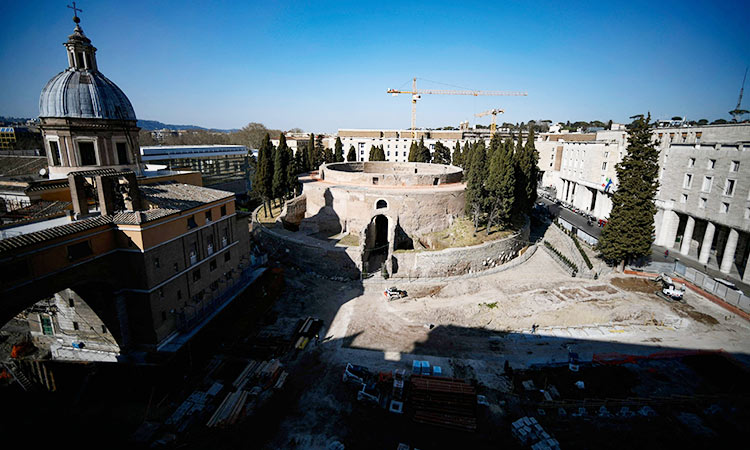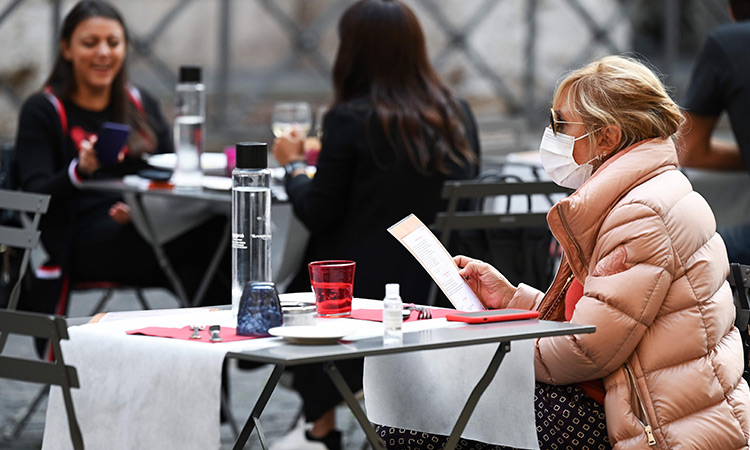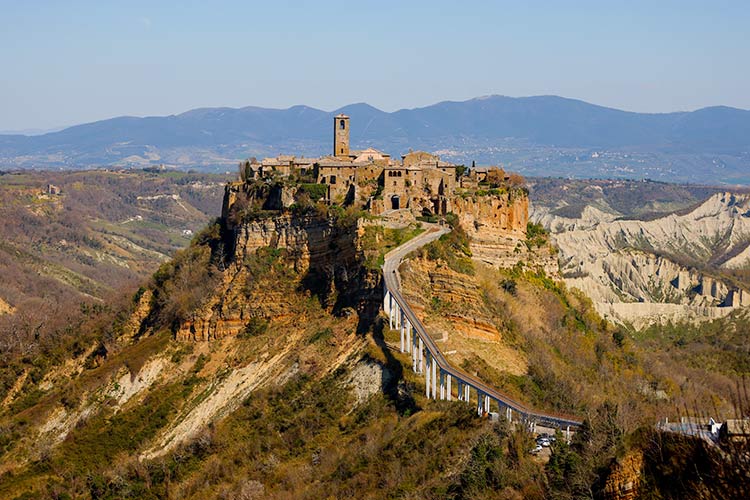Fast food was popular during ancient times — in Pompeii

A thermopolium, a sort of street "fast-food" counter in ancient Rome. AFP
Gulf Today Report
For fast food fans, here is some interesting tidbit of information. The Romans had it long before McDonald's, KFC or Burger King came into existence.
A 2,000-year-old fast-food stall unearthed from the ash of Pompeii has given researchers new clues about the ancient Romans to have a quick bite at takeaways.
READ MORE
Thai aquarium gets surprise Santa visit for Christmas amid pandemic
Turkish silversmith from Istanbul designs face-masks made of silver and gold amid pandemic
Romes famous Colosseum reopens with few tourist after coronavirus lockdown
The ornate snack bar counter, decorated with polychrome patterns and frozen by volcanic ash, was partially exhumed last year but archaeologists extended work on the site to reveal it in its full glory.
Pompeii was buried in a sea of boiling lava when the volcano on nearby Mount Vesuvius erupted in 79 AD, killing between 2,000 and 15,000 people.
Archaeologists continue to make discoveries there.
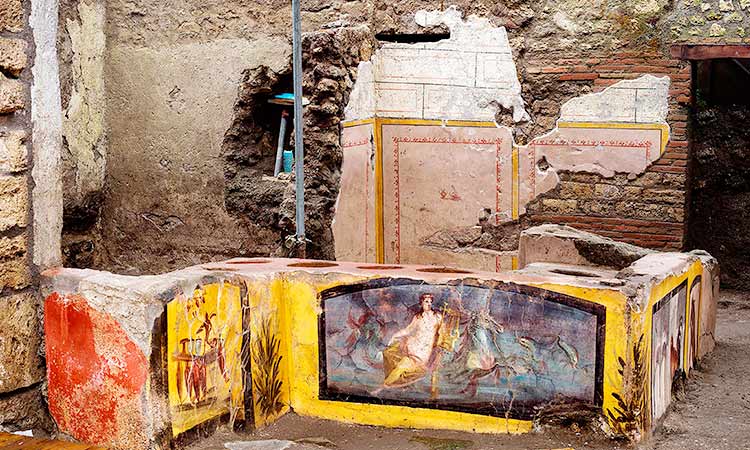
The thermopolium — from the Greek "thermos" for hot and "poleo" to sell — at what was a busy intersection of Silver Wedding Street and Alley of Balconies, was the Roman era equivalent of a fast-food snack stall.
The thermopolium was very popular in the Roman world. Pompeii alone had around 80.
The team found duck bone fragments as well as the remains of goats, fish and snails in earthenware pots. Some of the ingredients had been cooked together like a Roman era paella.
Crushed fava beans, used to modify the taste of drink, were found at the bottom of one jar, according to Agence France-Presse.
The counter appears to have been closed in a hurry and abandoned by its owners — perhaps as the first rumblings of the eruption were felt — Massimo Osanna, director general at the Archaeological Park of Pompeii, told Ansa news agency.
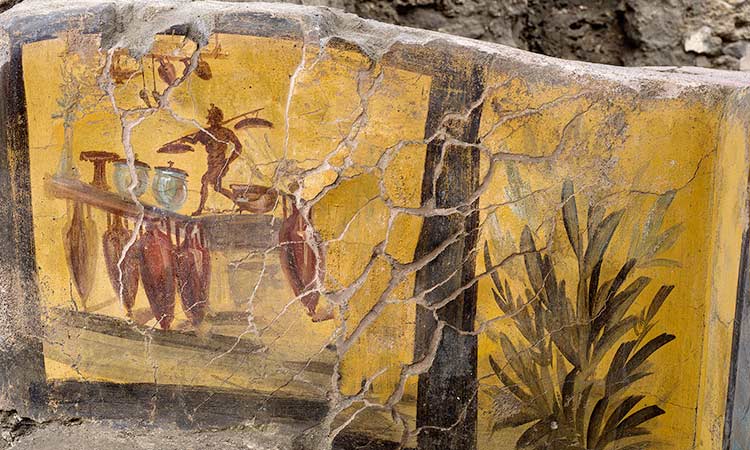
Witness to antiquity
Amphorae, a water tower and a fountain were found alongside human remains, including those of a man believed to have been aged around 50 and discovered near a child's bed.
"It is possible that someone, perhaps the oldest man, stayed behind and perished during the first phase of the eruption," Osanna told Ansa news agency.
The remains of another person were also found and could be an opportunist thief or someone fleeing the eruption who was "surprised by the burning vapours just as he had his hand on the lid of the pot that he had just opened", added Osanna.
In the latest stage of their work, archaeologists uncovered a number of still life scenes, including depictions of animals believed to have been on the menu, notably mallard ducks and a rooster, for serving up with cold or hot beverages.
Previously unearthed was a fresco bearing an image of a Nereid nymph riding a seahorse and gladiators in combat.
"As well as bearing witness to daily life in Pompeii, the possibilities to analyse afforded by this thermopolium are exceptional because for the first time we have excavated a site in its entirety," said Massimo Osanna, director general at the Archaeological Park of Pompeii.

